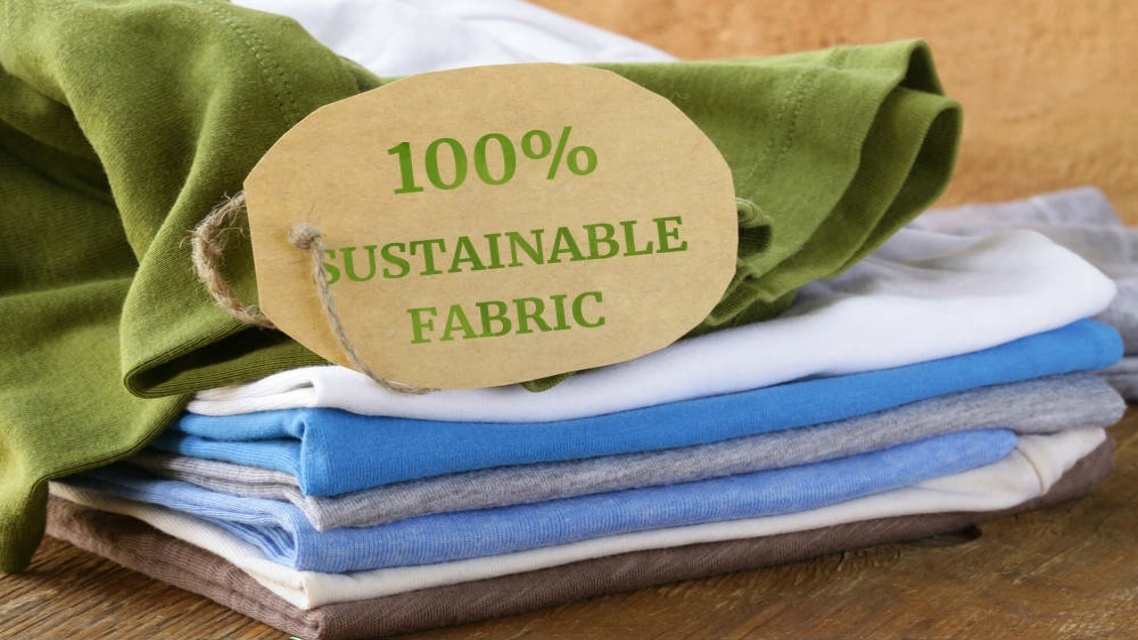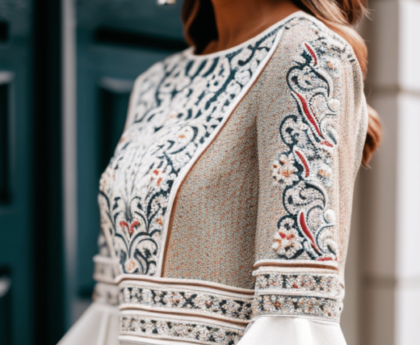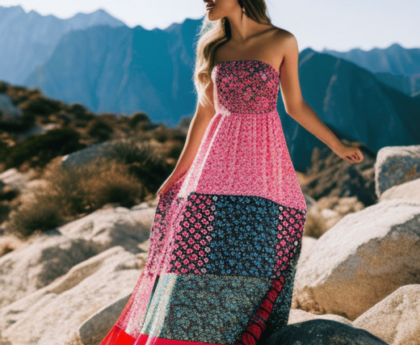Sustainable fabrics are becoming increasingly popular among eco-conscious consumers who want to make a positive impact on the environment. This article will provide a guide to different types of sustainable fabrics for both fashion and home decor, as well as their benefits and limitations.
Types of Sustainable Fabrics
There are several types of sustainable fabrics available in the market, including:
- Bamboo fabric: a soft and durable fabric that is hypoallergenic, breathable, and biodegradable.
- Hemp fabric: a strong and versatile fabric that requires less water and pesticides than conventional cotton.
- Organic cotton: grown without the use of harmful pesticides and chemicals, making it a more eco-friendly alternative to conventional cotton.
- Recycled polyester: made from post-consumer plastic bottles and other materials, reducing waste and pollution.
- Tencel (lyocell): a fabric made from wood pulp that is biodegradable and requires less water and energy than traditional cotton.
Advantages and Benefits of Sustainable Fabrics
There are numerous benefits of using sustainable fabrics, including:
- Reduced carbon footprint: sustainable fabrics are often made using eco-friendly manufacturing processes and require less energy and resources to produce.
- Biodegradability and compostability: many sustainable fabrics can decompose naturally, reducing waste and pollution.
- Non-toxic and chemical-free: sustainable fabrics are free from harmful chemicals and pesticides that can be harmful to both the environment and human health.
- Increased durability and longevity: sustainable fabrics are often more durable and longer-lasting than conventional fabrics.
- Improved social and environmental impact: choosing sustainable fabrics supports ethical and sustainable practices in the fashion and textile industry.
Sustainable Fabric in Fashion
Sustainable fashion brands and designers are increasingly using eco-friendly materials in their collections to meet consumer demand for more ethical and sustainable clothing options. Consumers can also incorporate sustainable fabrics into their personal style by choosing clothing made from sustainable materials or opting for secondhand or vintage pieces.
Sustainable Fabric in Home Decor
Sustainable home decor brands are also using eco-friendly materials such as sustainable fabrics to create a positive impact on the environment. Sustainable fabrics in home decor offer numerous benefits, such as improved indoor air quality, reduced waste, and supporting ethical and sustainable practices in the home decor industry.
Challenges and Limitations of Sustainable Fabrics
Although sustainable fabrics offer numerous benefits, there are also some challenges and limitations to their use, including:
- Limited availability and accessibility: sustainable fabrics can be harder to find and may be more expensive than conventional fabrics.
- Higher cost and affordability: sustainable fabrics are often more expensive than conventional fabrics due to the higher cost of production and sourcing.
- Lack of standardization and regulation: there is currently no standardization or regulation for sustainable fabrics, making it difficult for consumers to know which products are truly sustainable.
- Difficulty in sourcing sustainable materials: some sustainable fabrics may be difficult to source, especially for smaller brands or companies.
Conclusion
Sustainable fabrics are a crucial aspect of ethical and sustainable fashion and home decor practices. By choosing eco-friendly materials, consumers can make a positive impact on the environment and support ethical practices in the textile and home decor industries. While there are still challenges to overcome in the use of sustainable fabrics, the benefits and possibilities are worth the effort.





